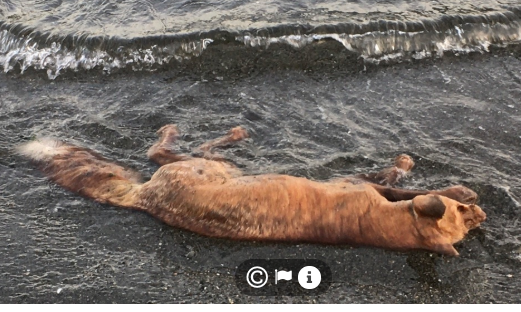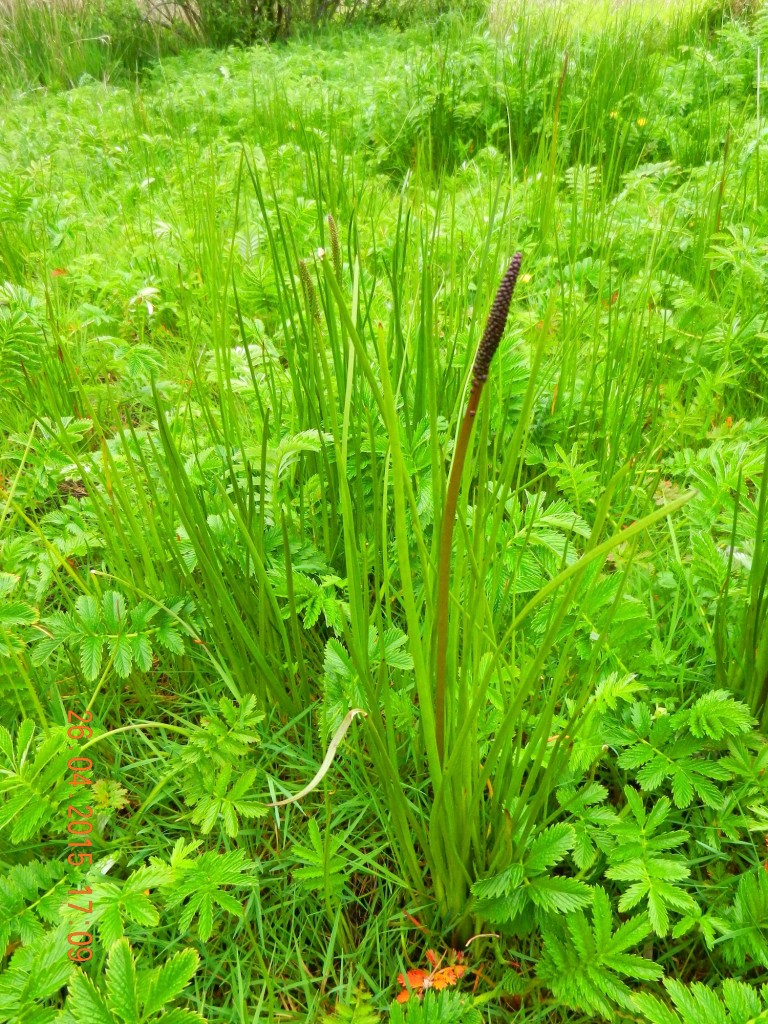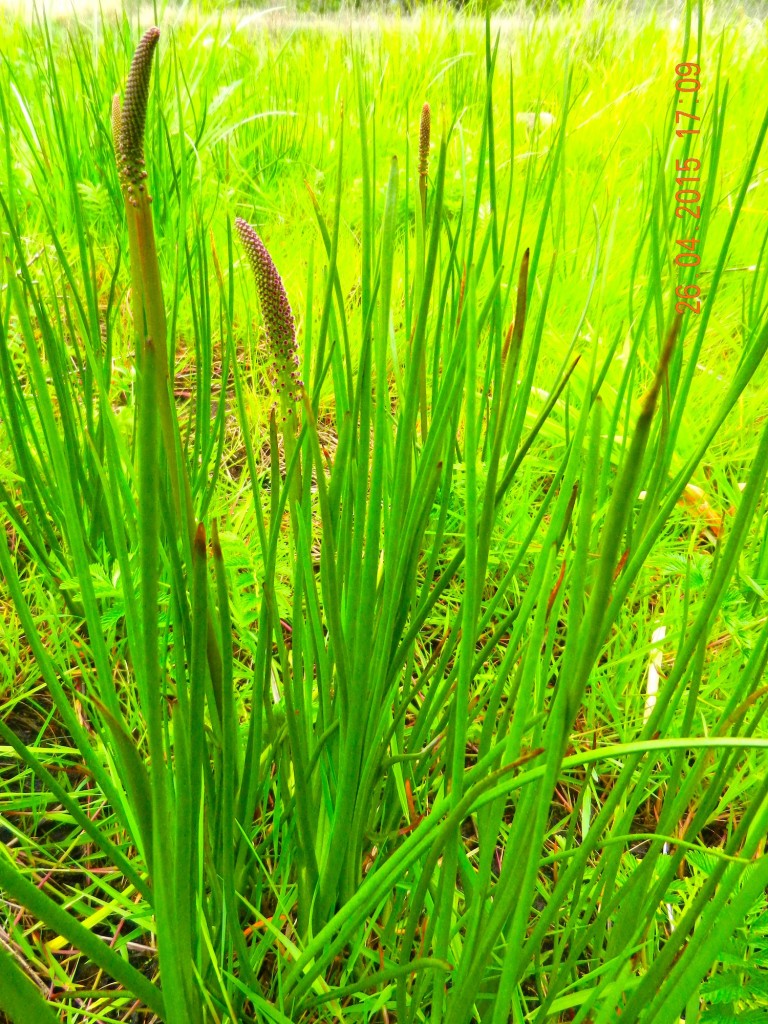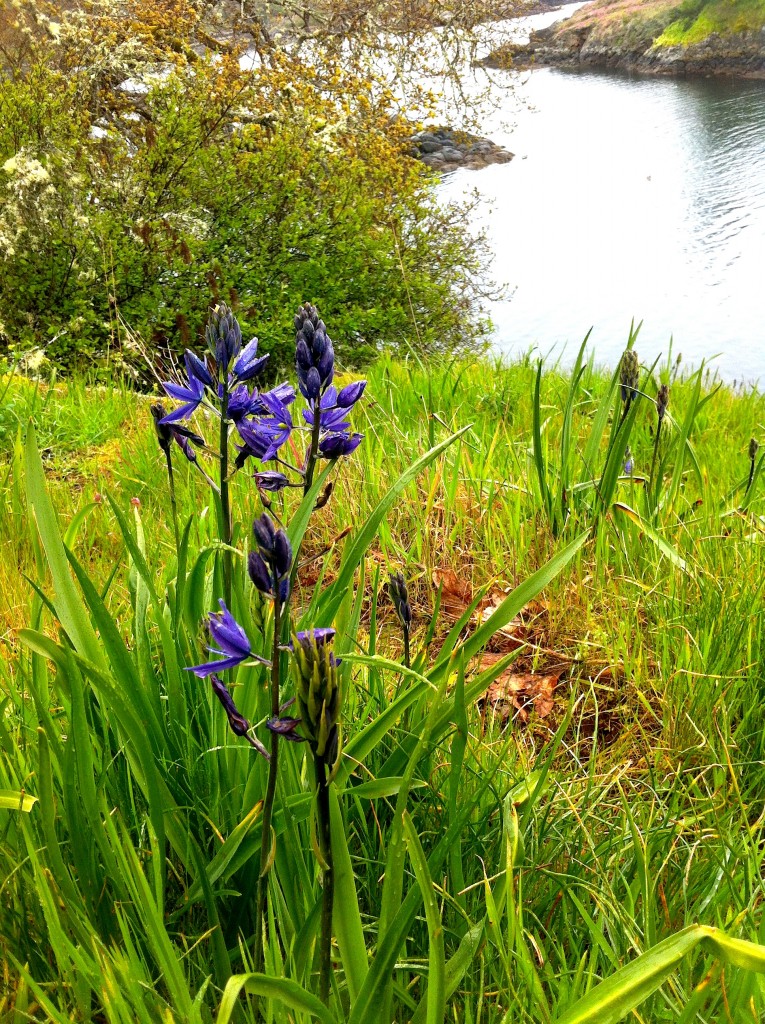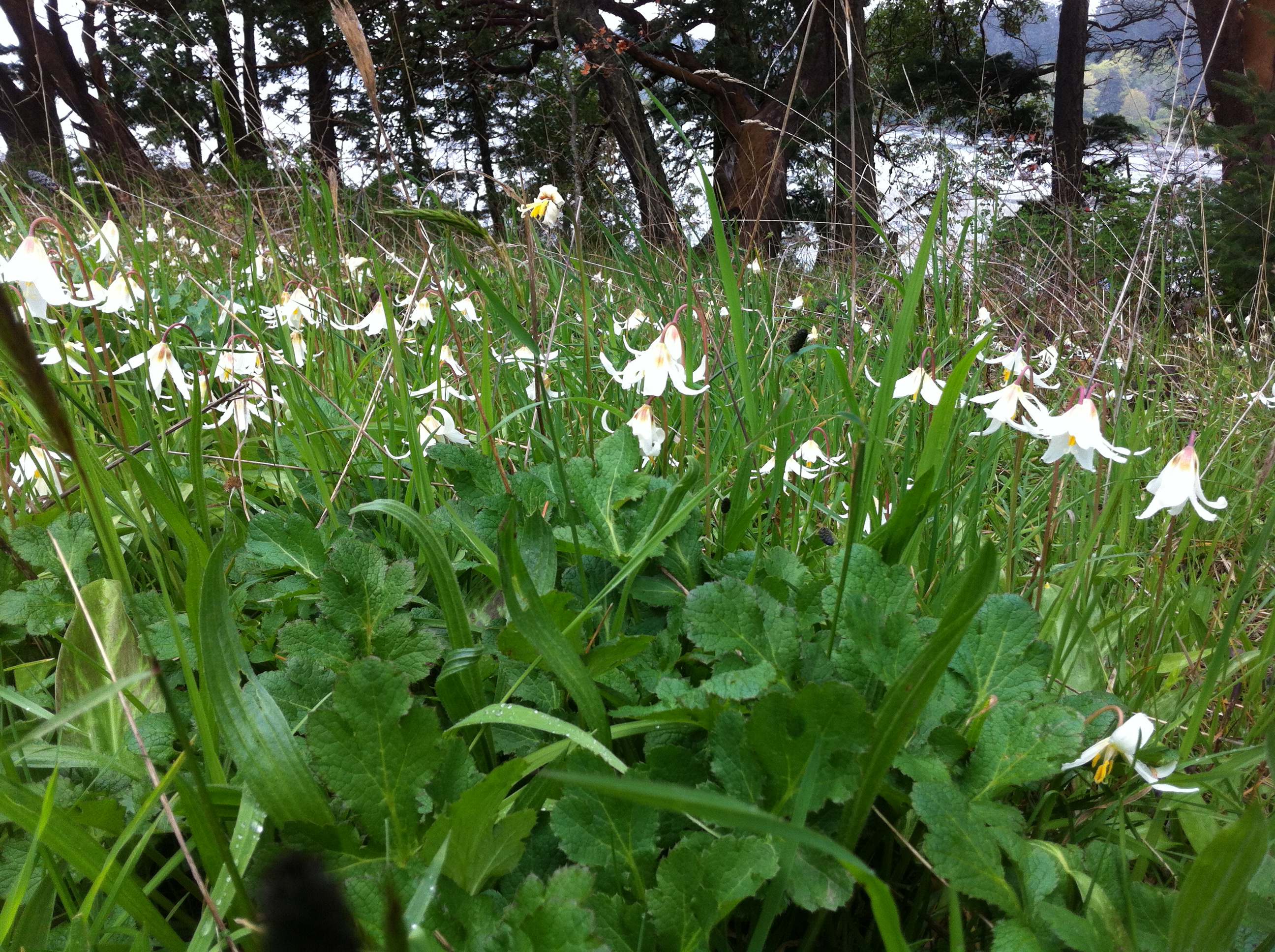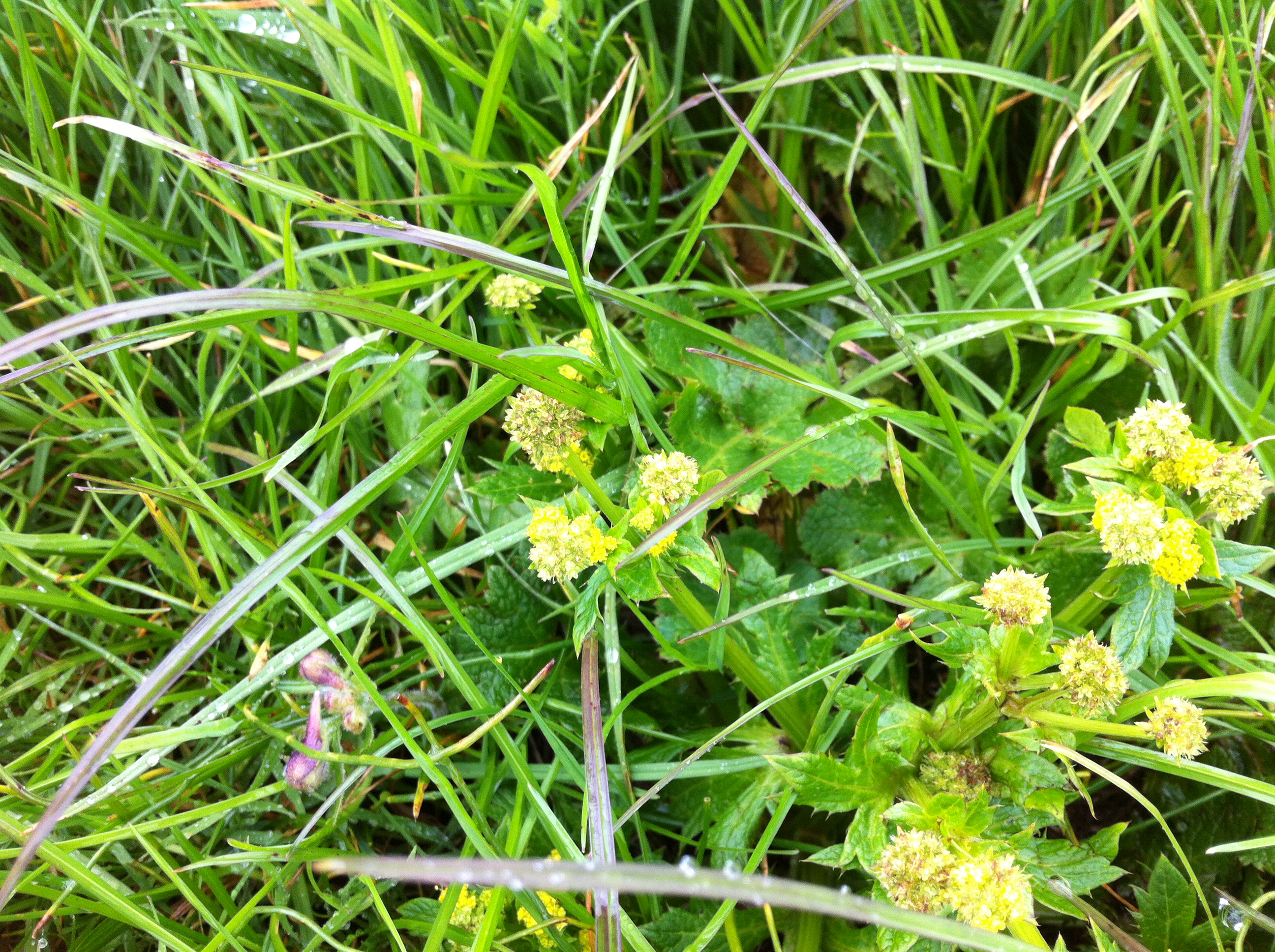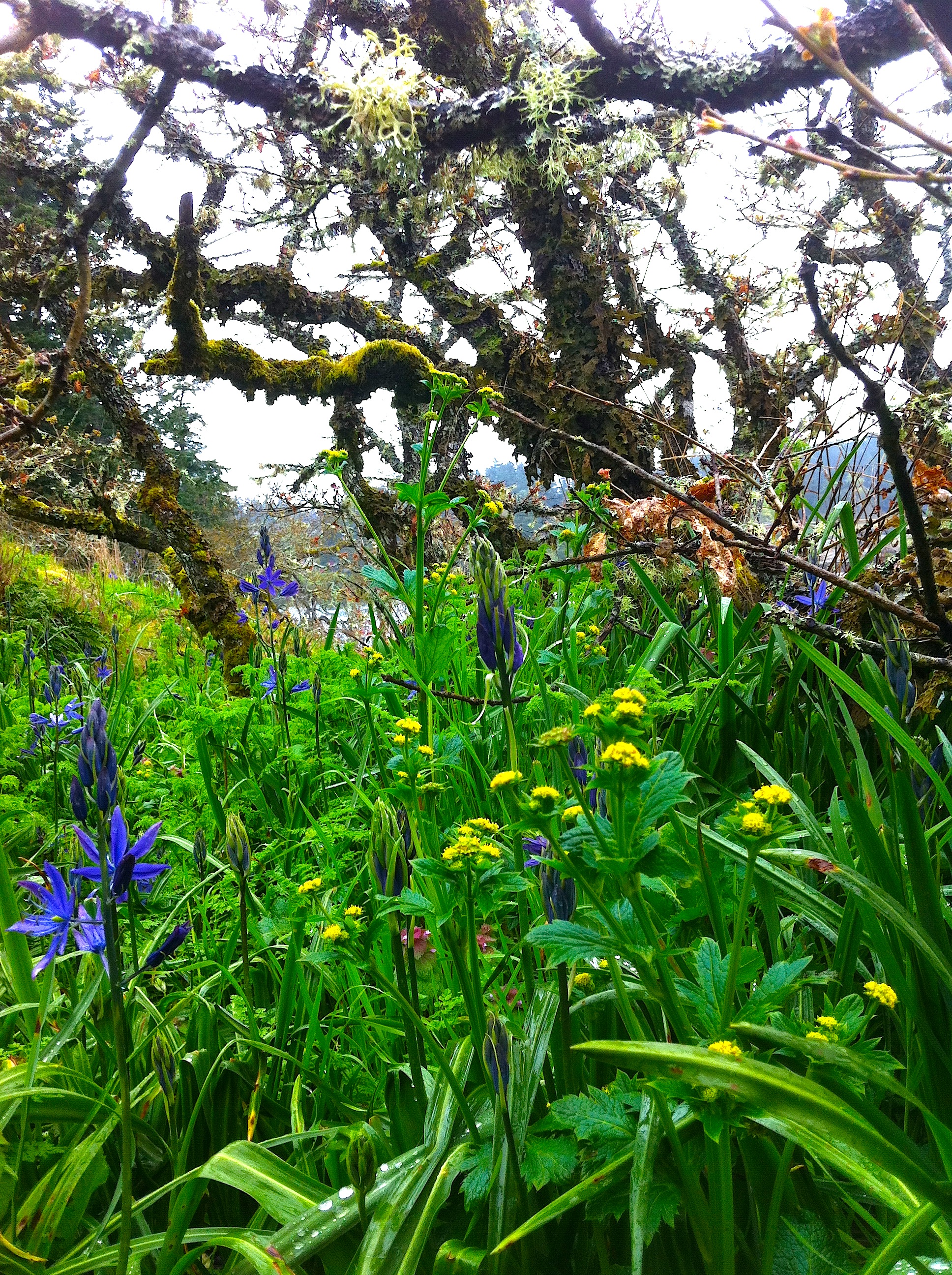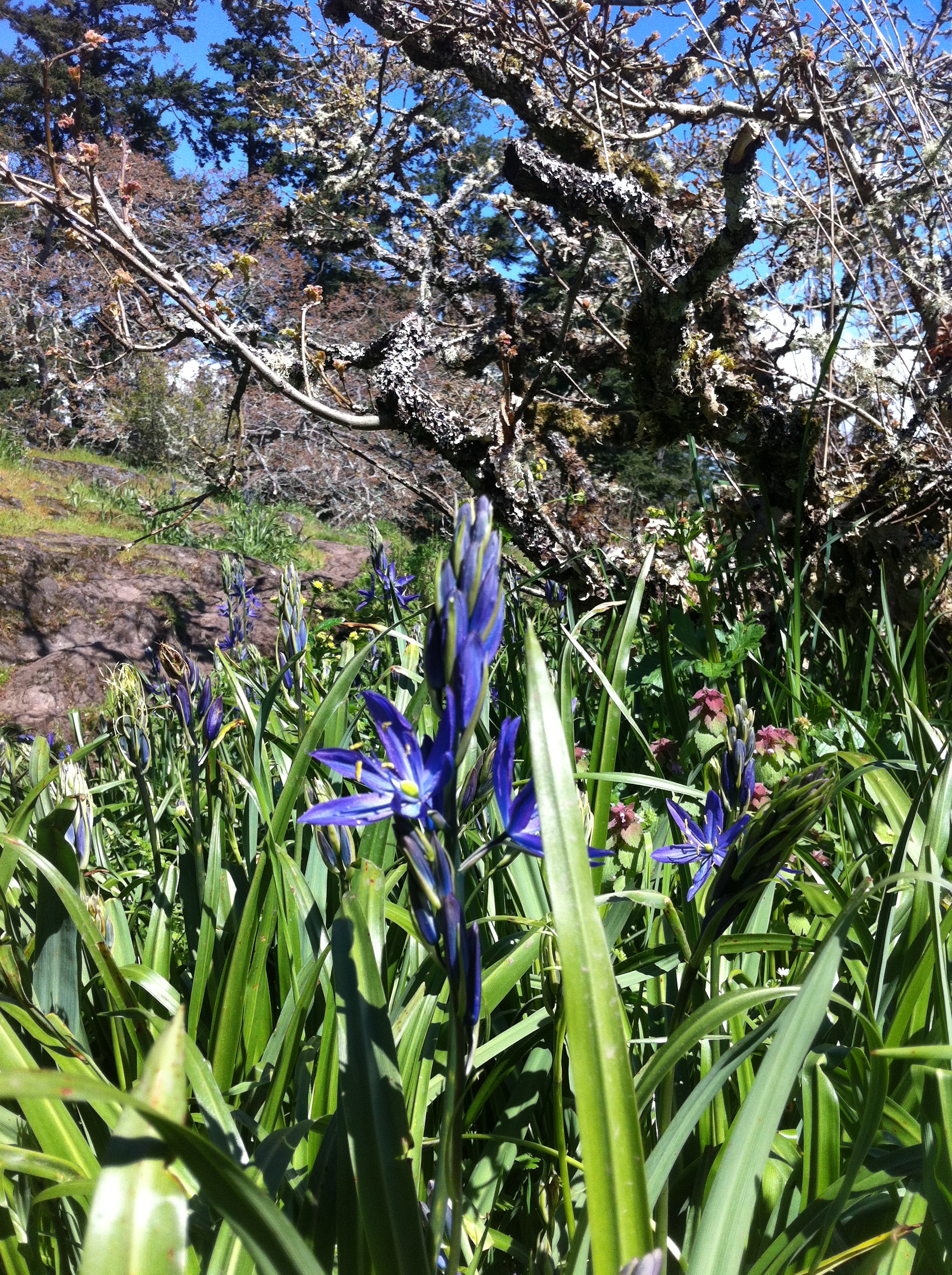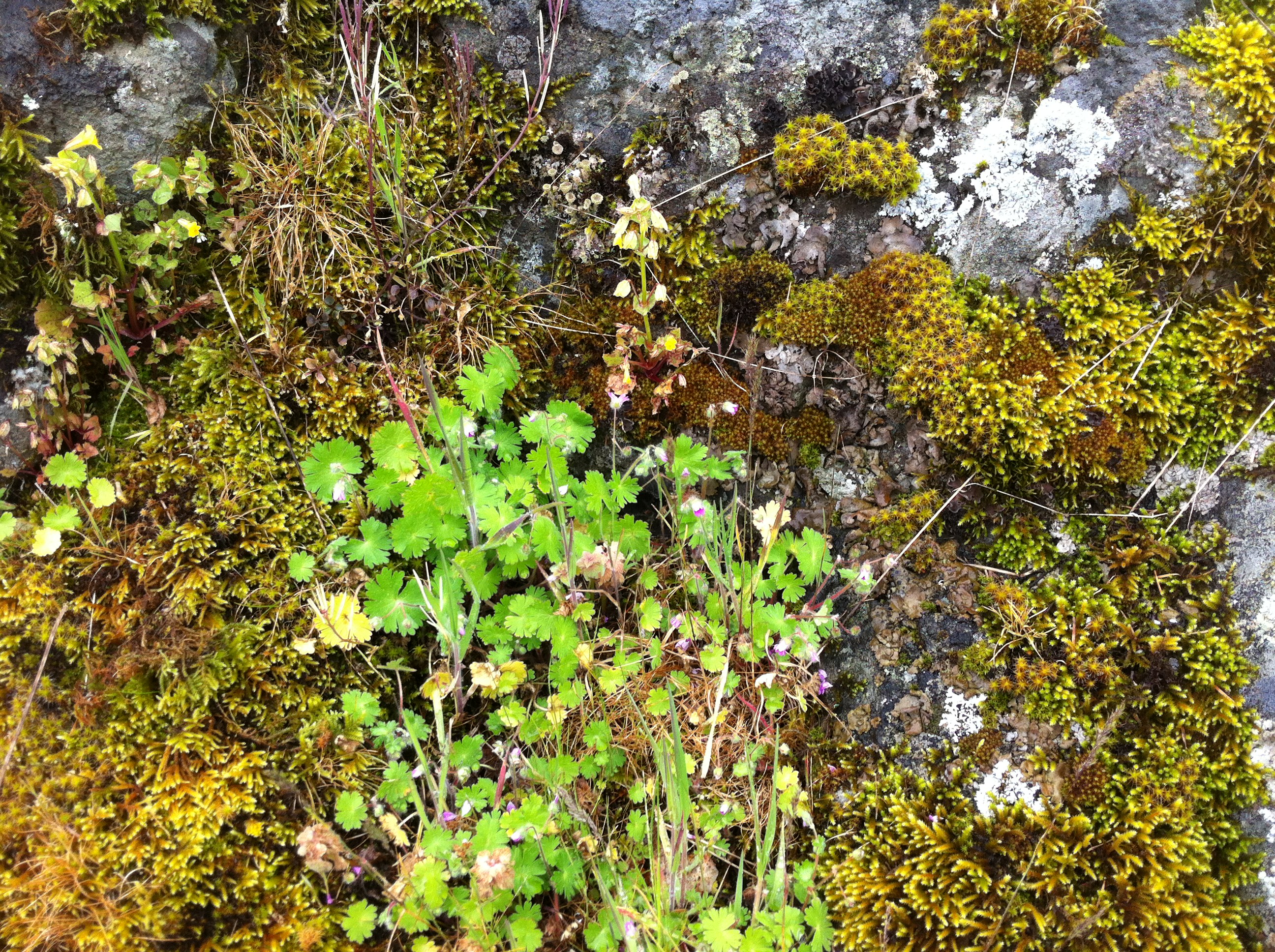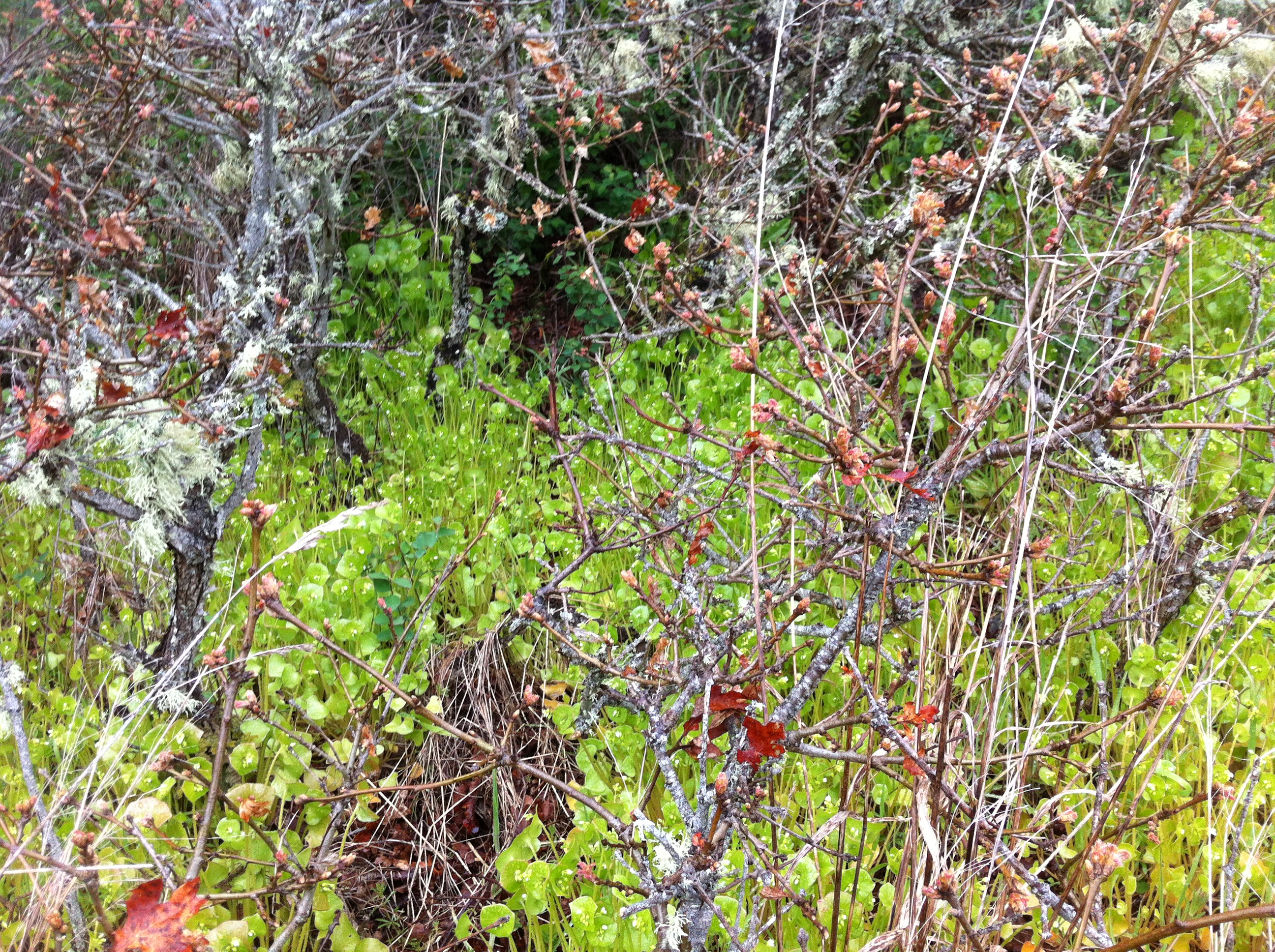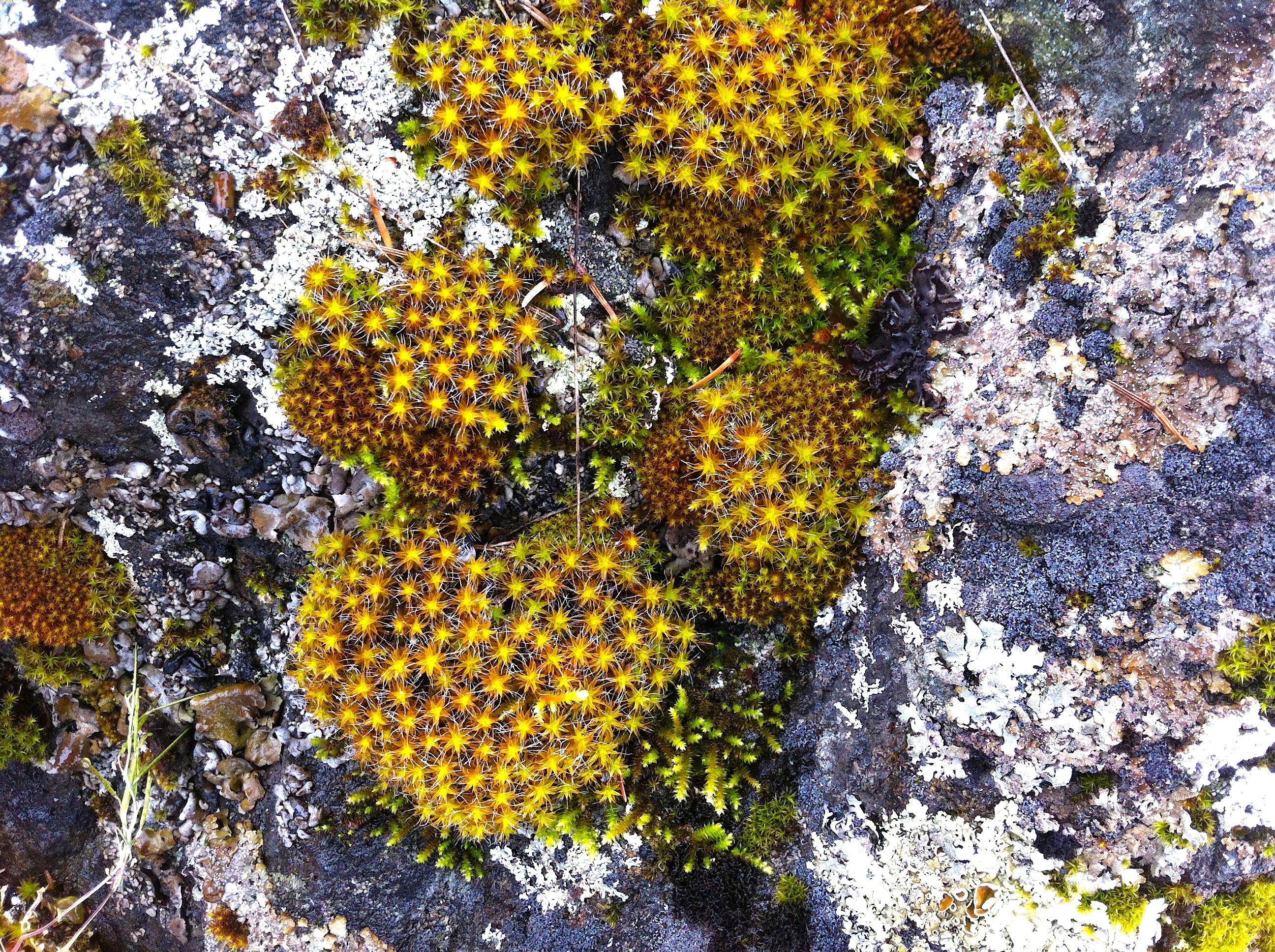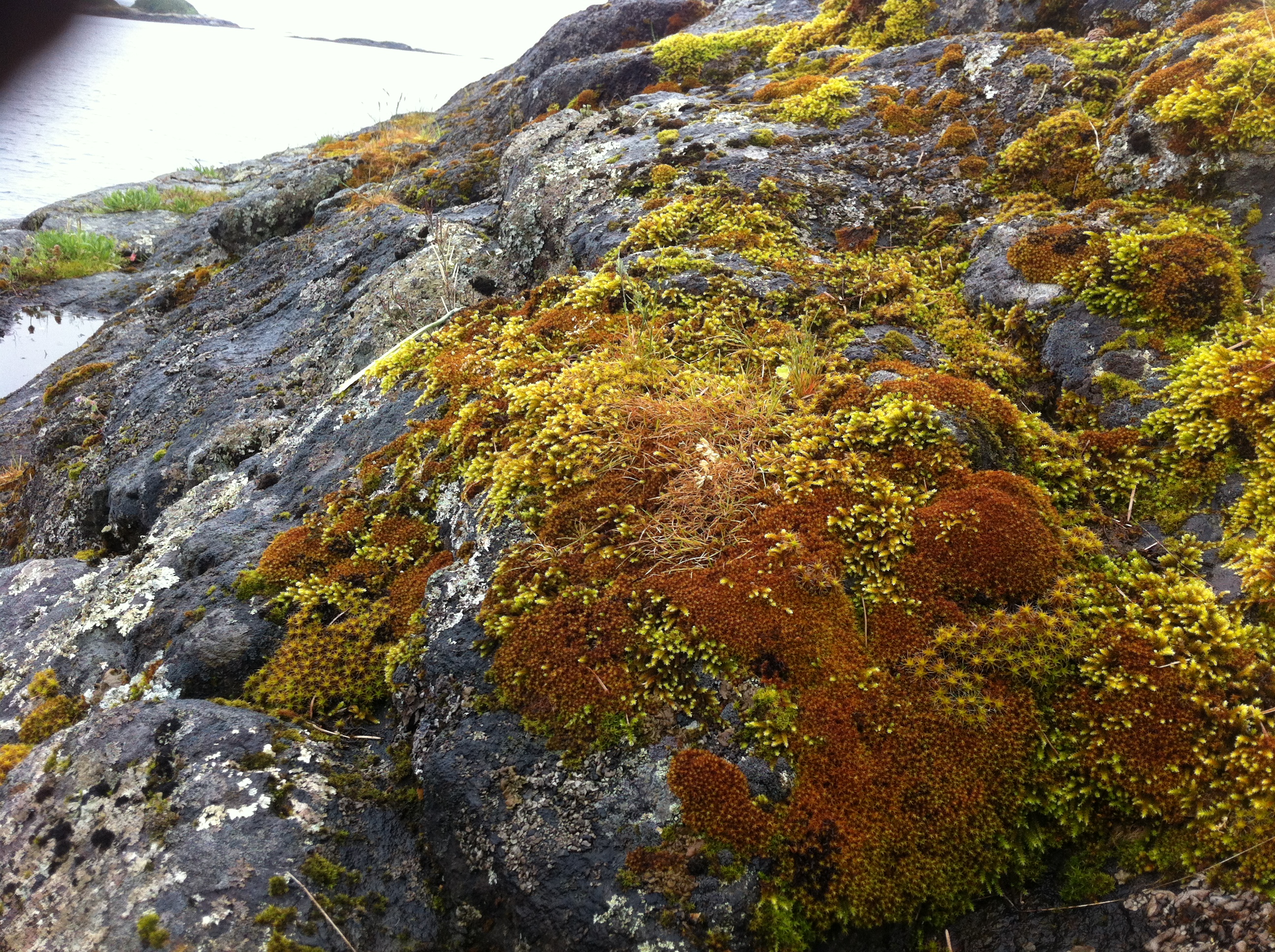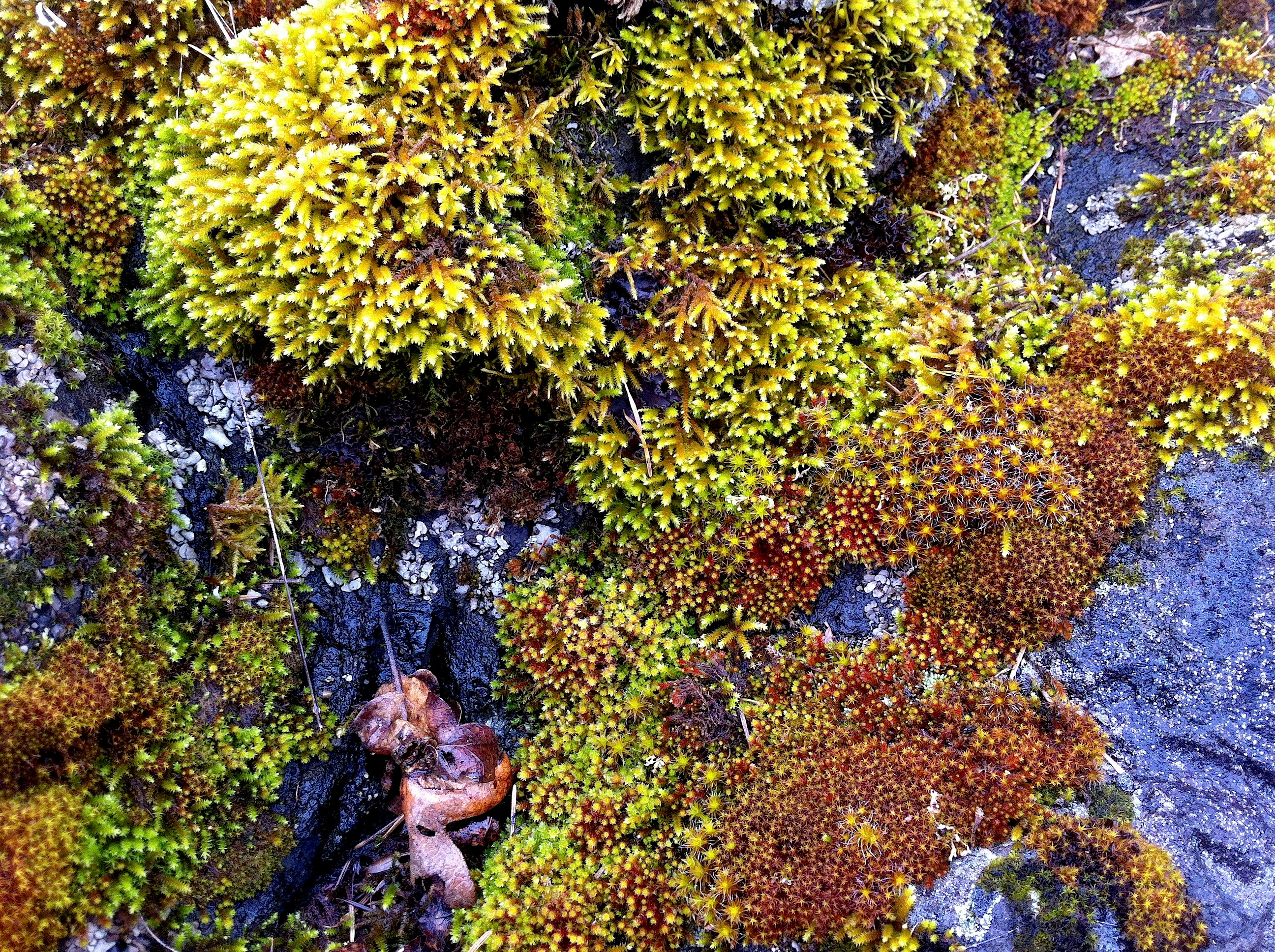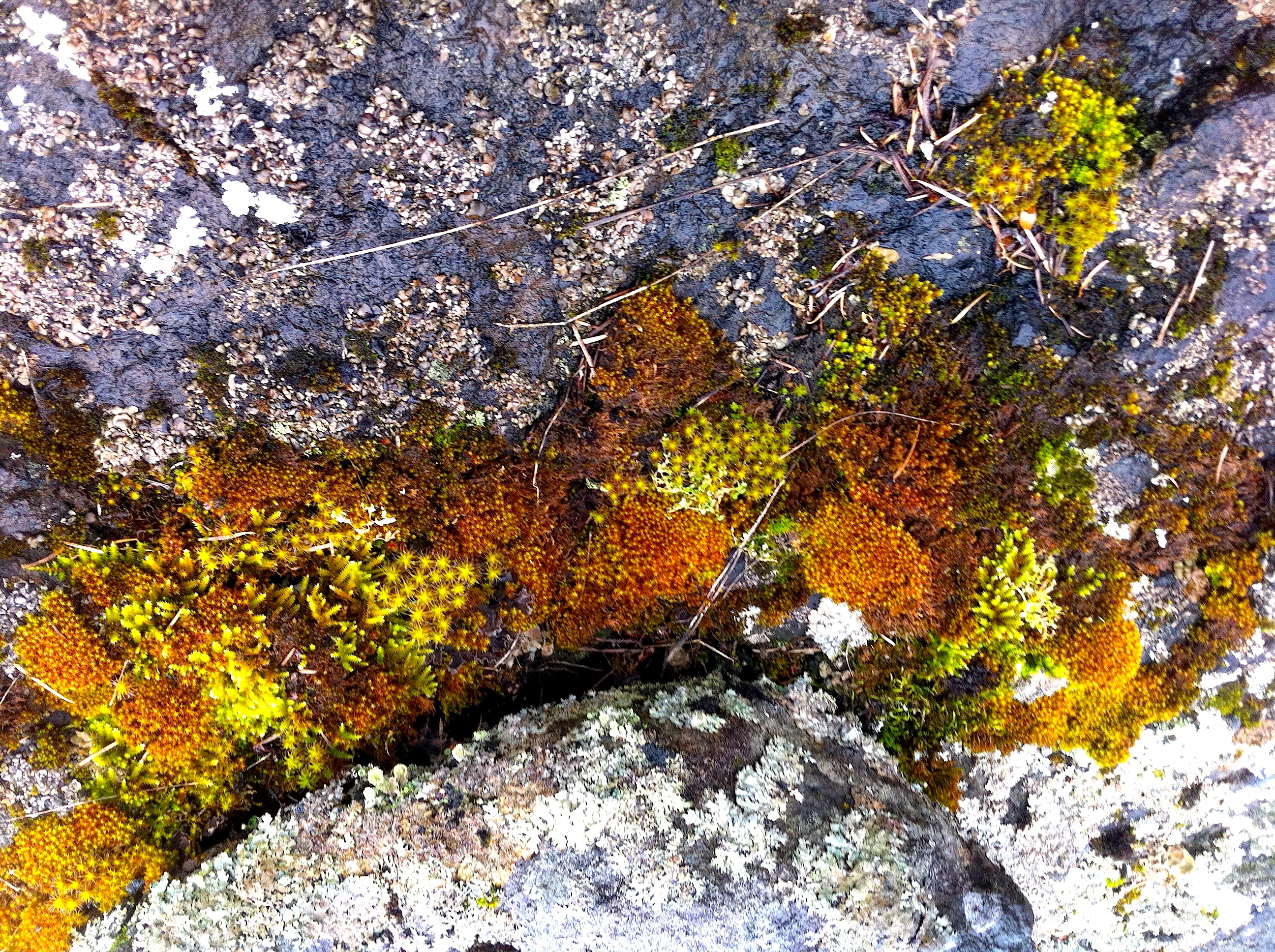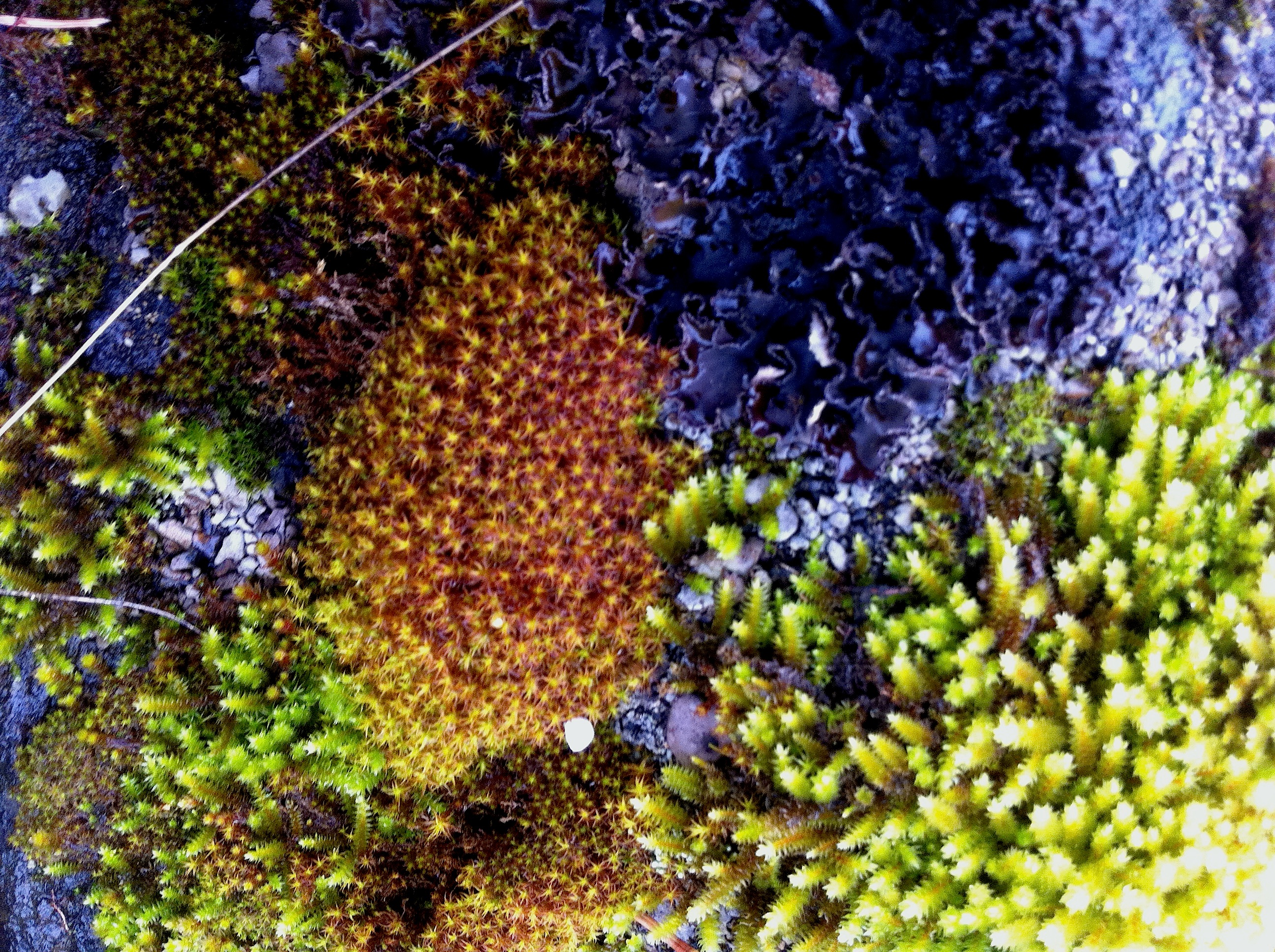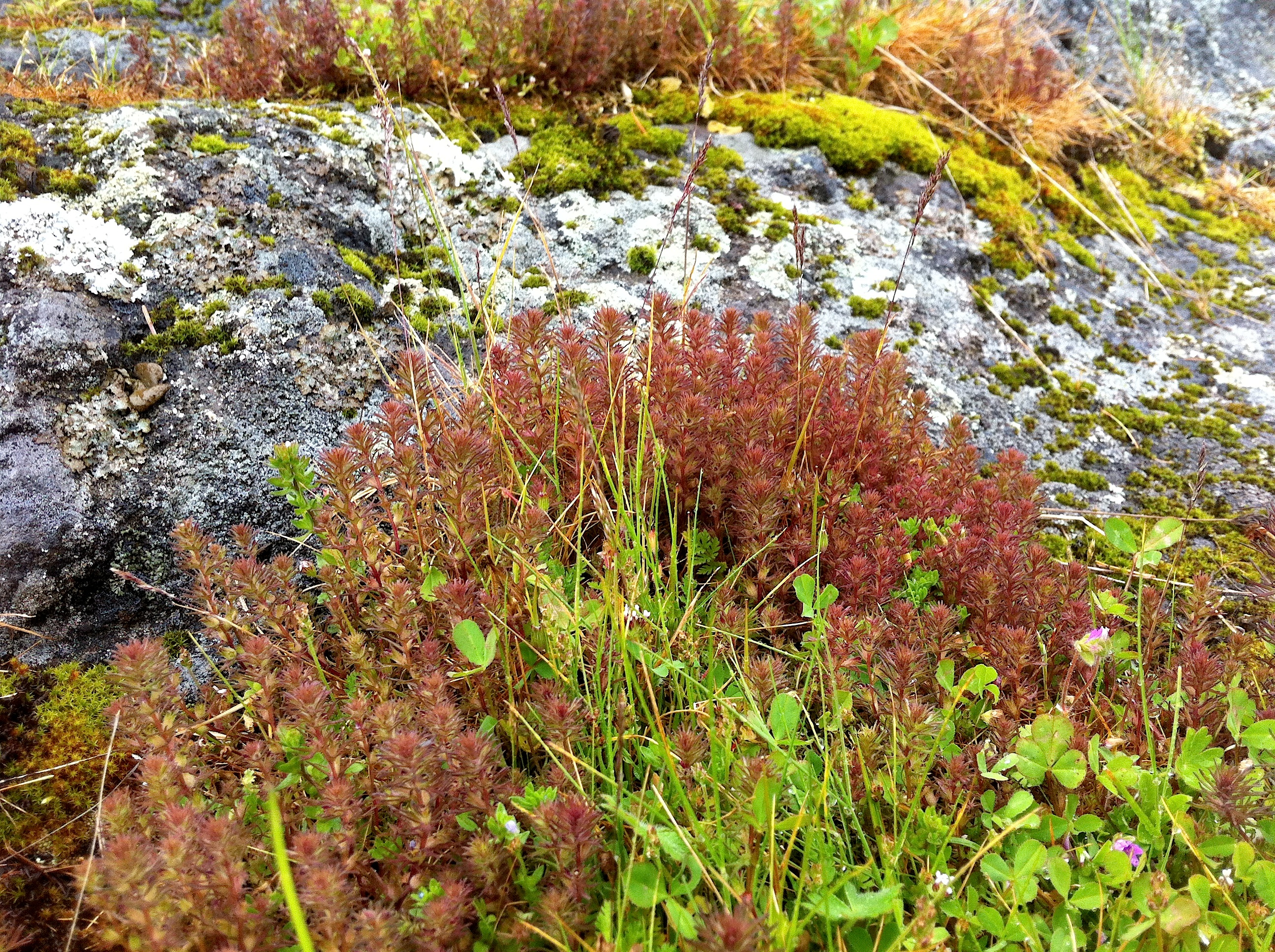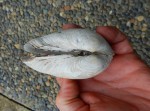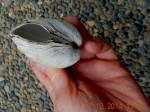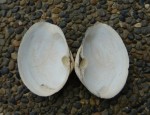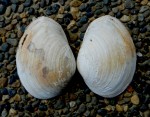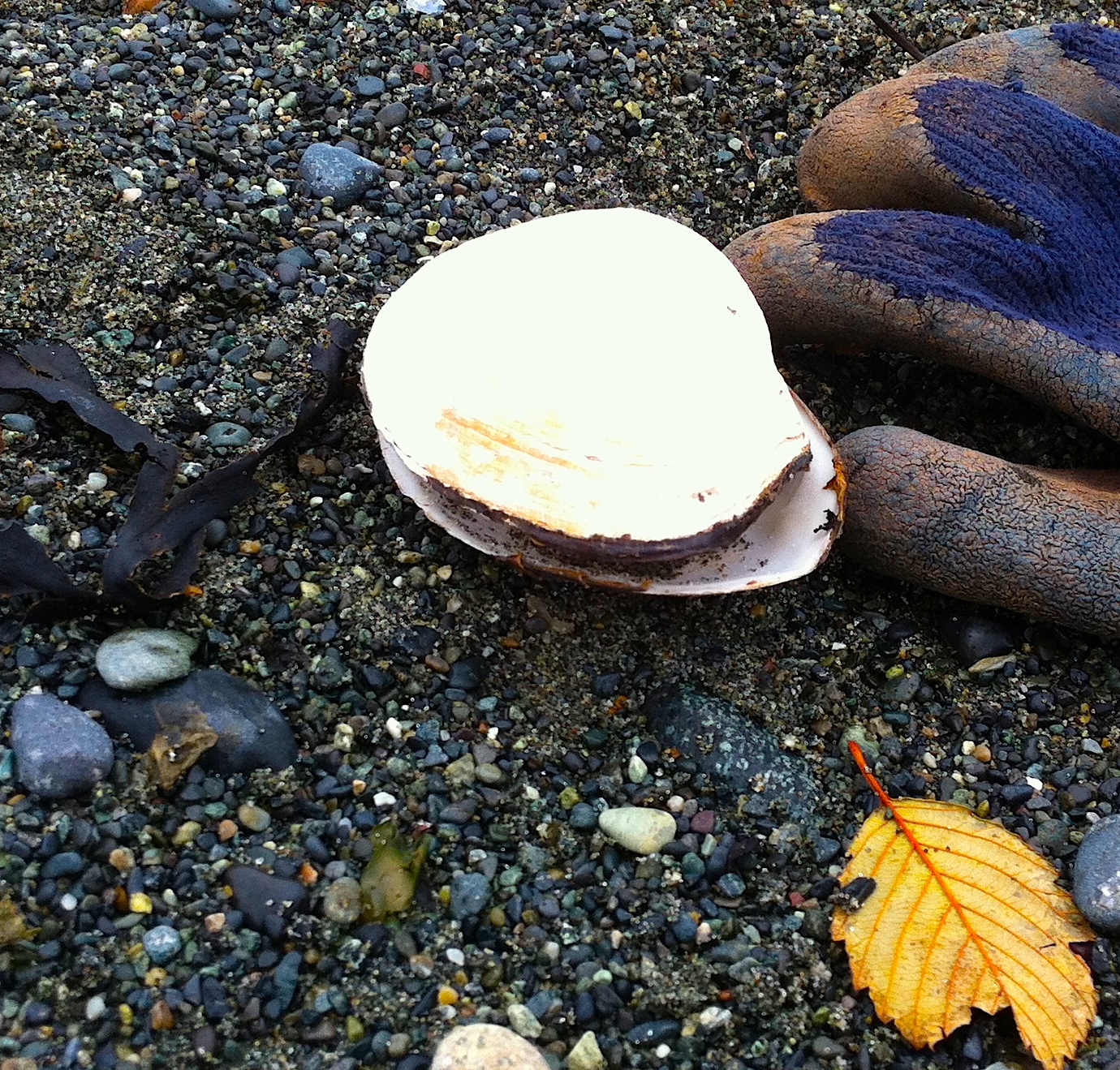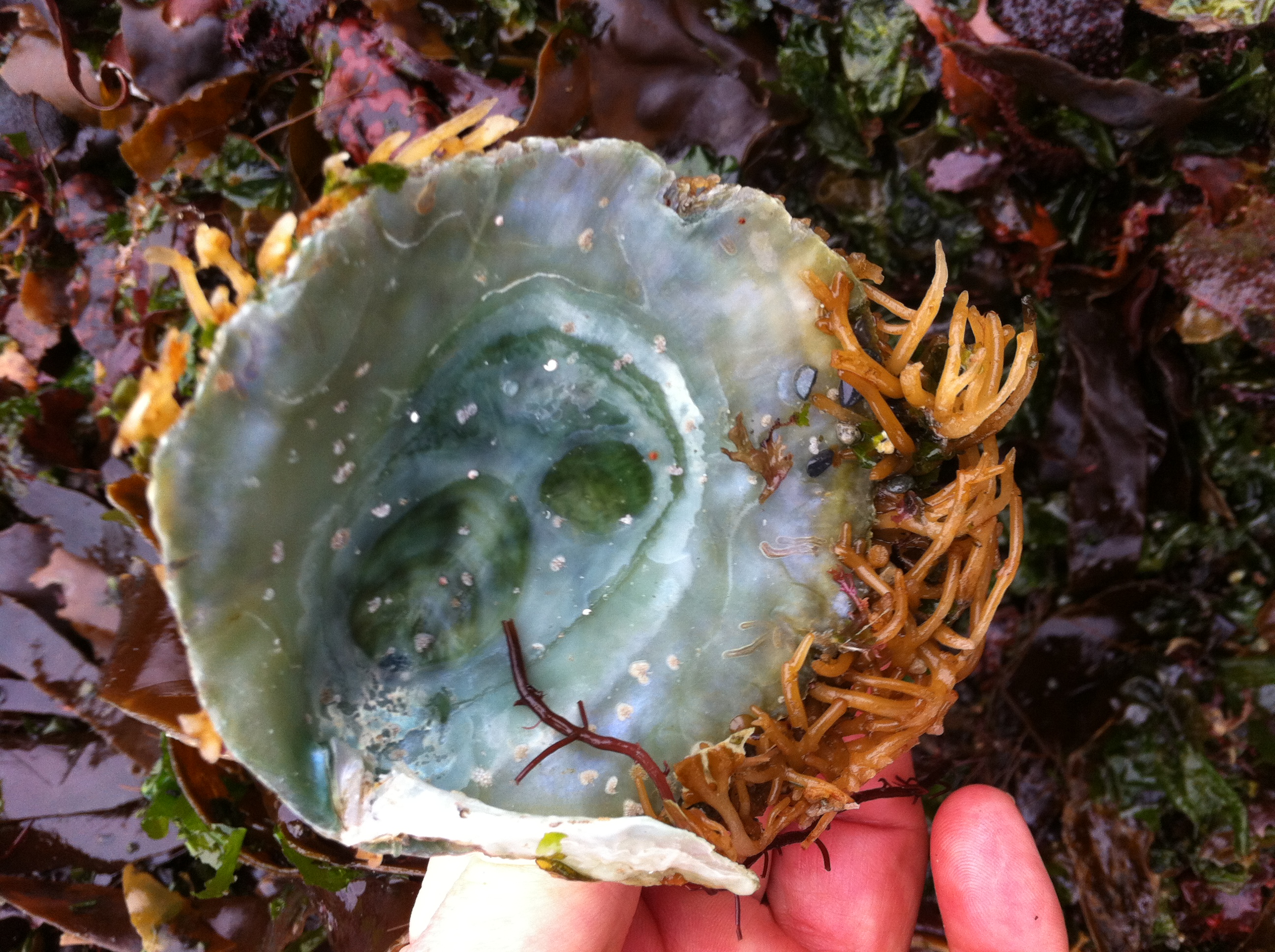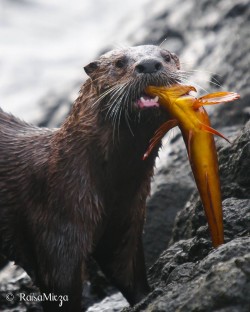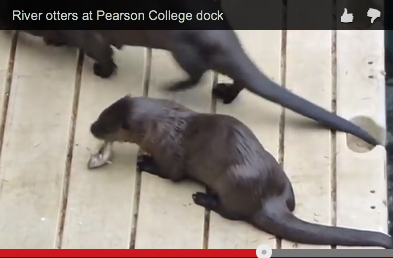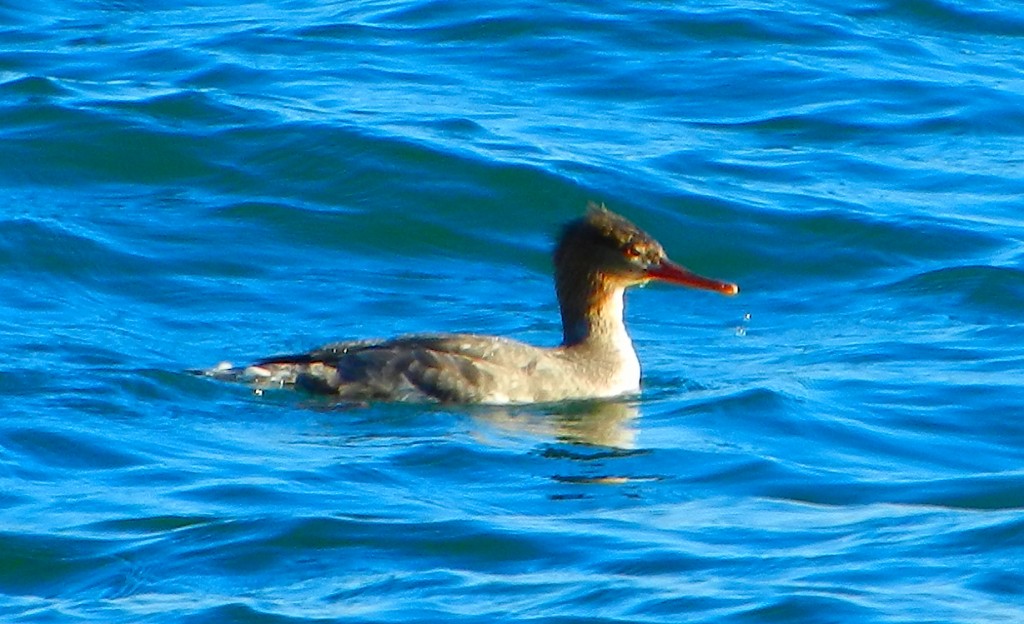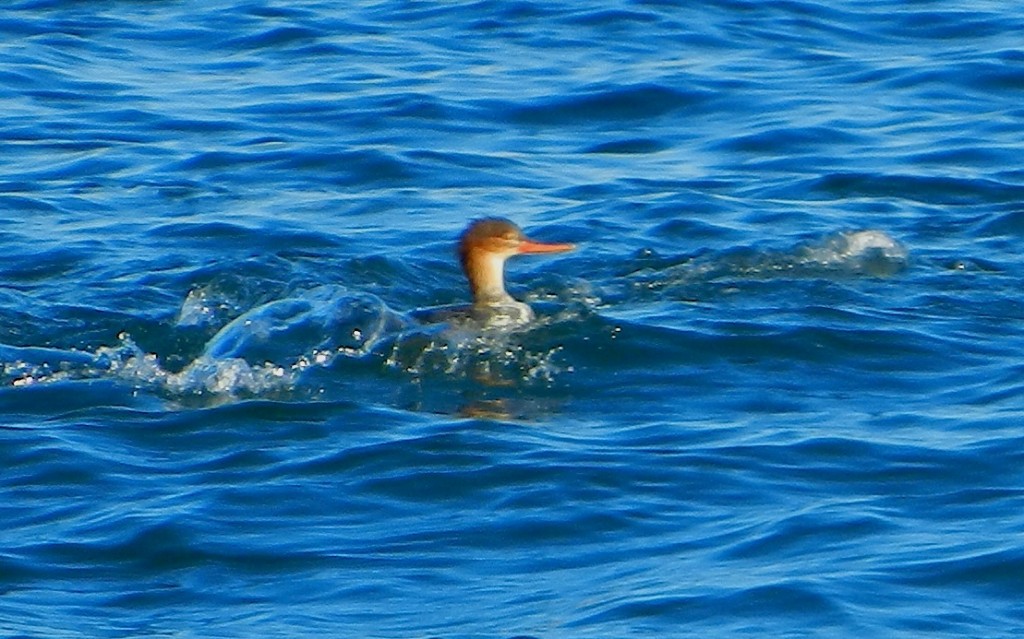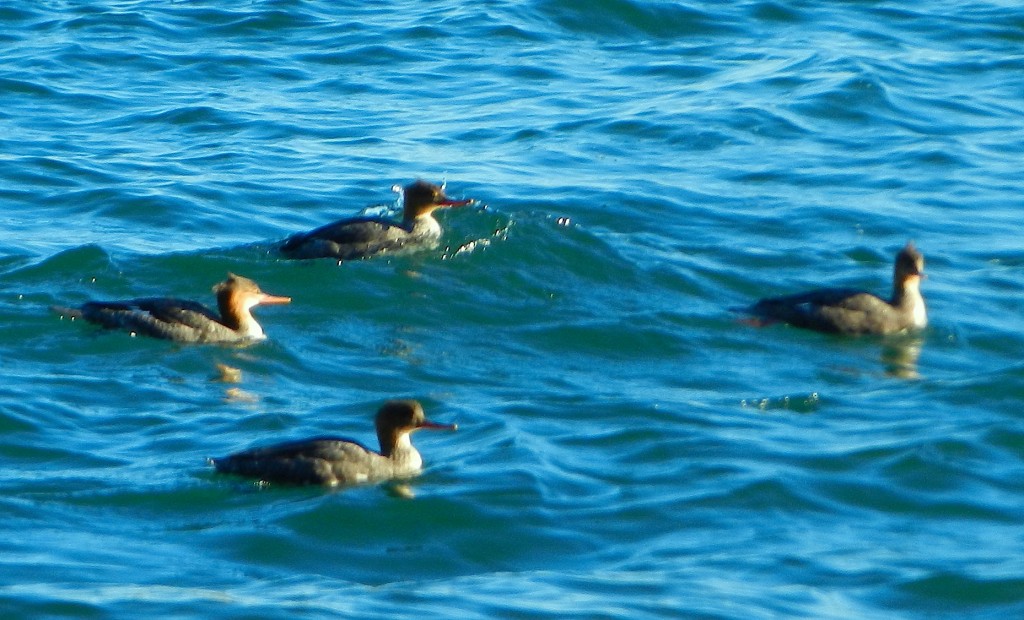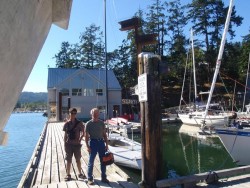
John Costello and James Kennerley-Aug 2013.
Four new purple martin boxes were installed on the pilings of the Pearspn College docks in Pedder Bay on August 6, 2013. The team was Fred Beinhauer, John Costello, the late Tom Gillespie, and James Kennerley , a student from Pearson College.
This is now the second year that they have inhabited the houses and raised offspring. Locally, the Rocky Point Bird Observatory has assumed responsibility for Purple Martin colonies on South Van Island. The RPBO coordinator is Wallis Moore Reid. Courtney Edwards agreed to be the PC colony steward. Her office is right on the wharf where the boxes are located.
The overall effort in BC is administered by the Purple Martin Recovery Society. Bruce Cousens out of Nanaimo is the Biologist who is the driving force behind the project.
-
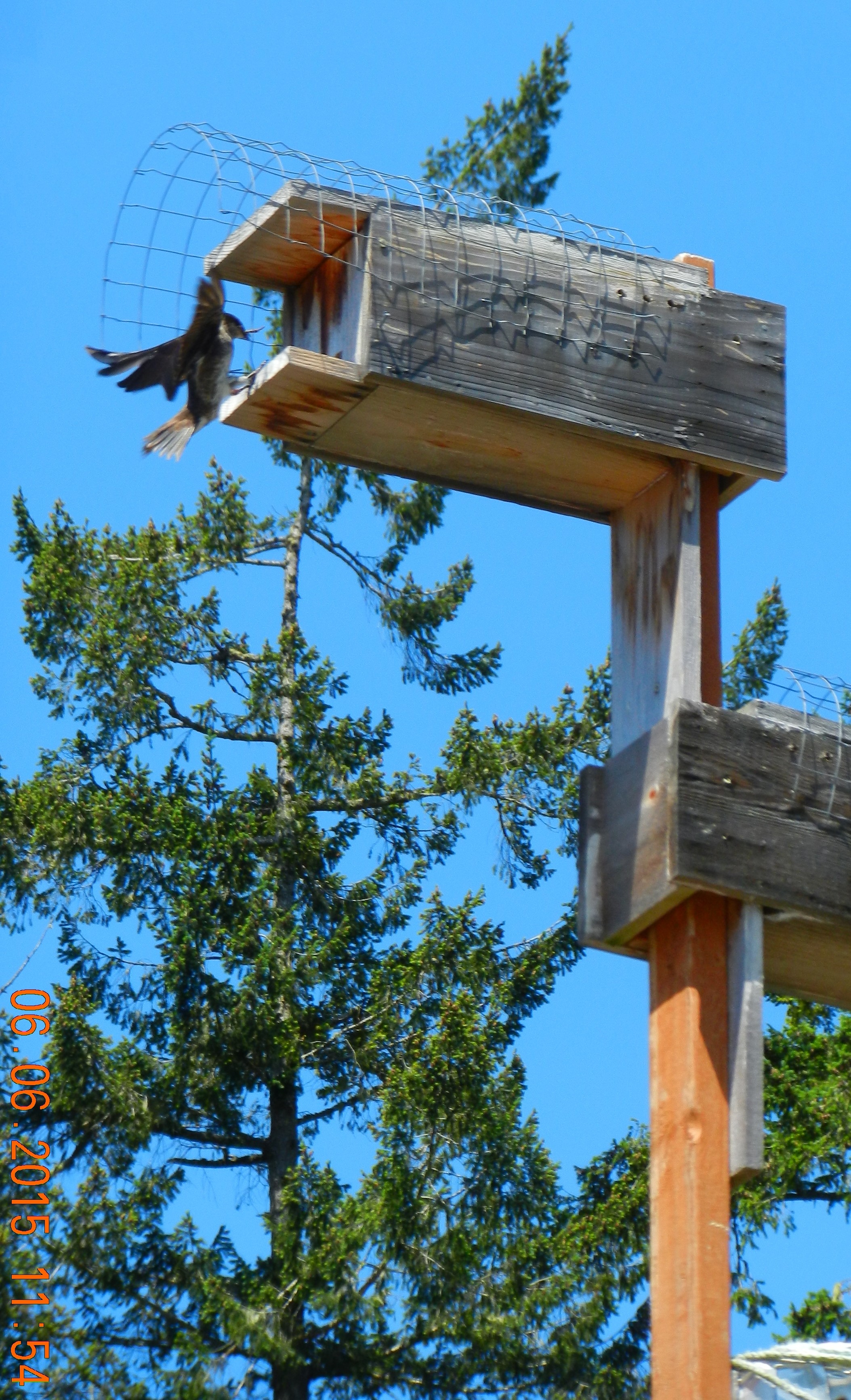
-
Female purple martin landing.
-
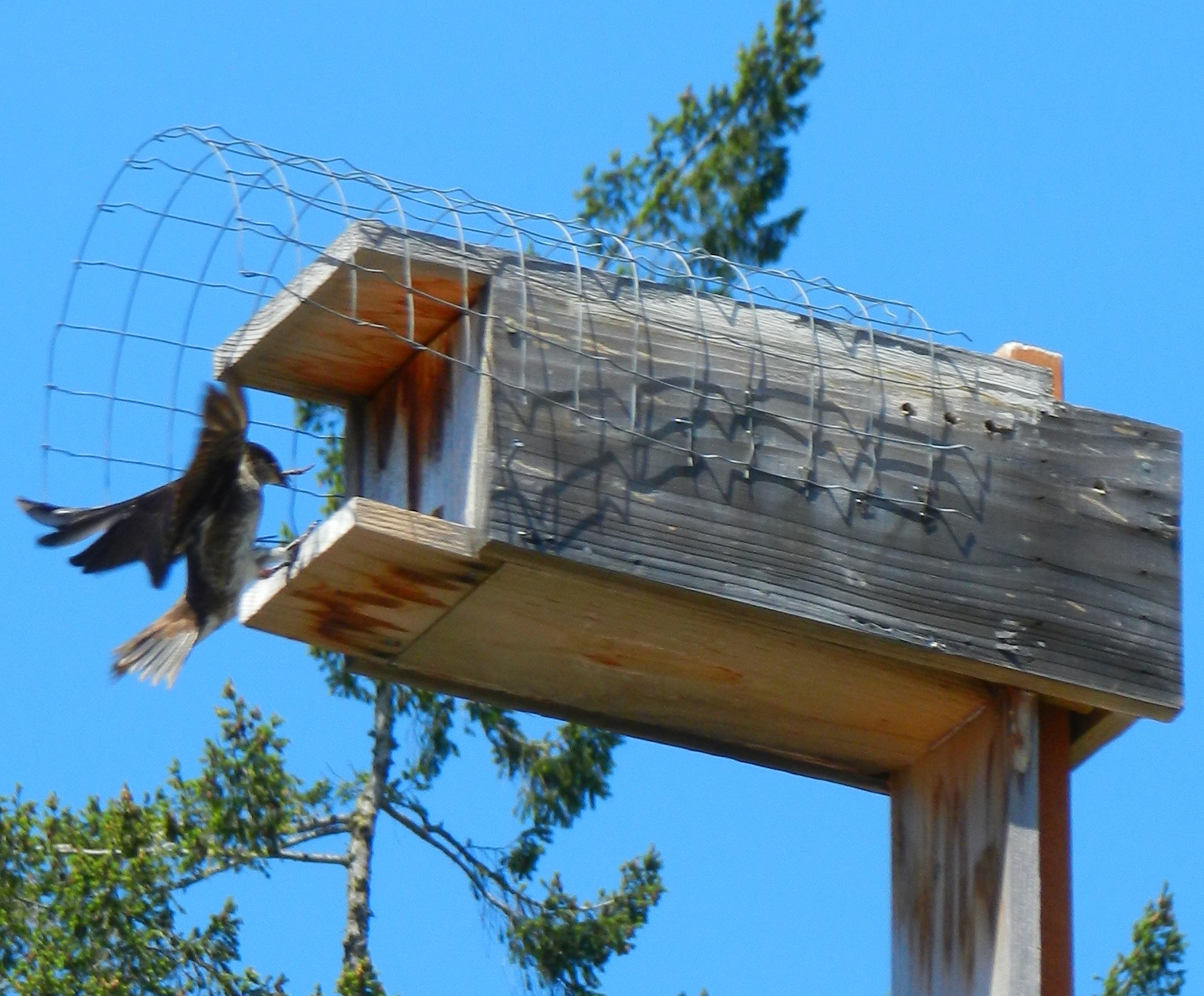
-
Female with twig landing at upper nest box
-
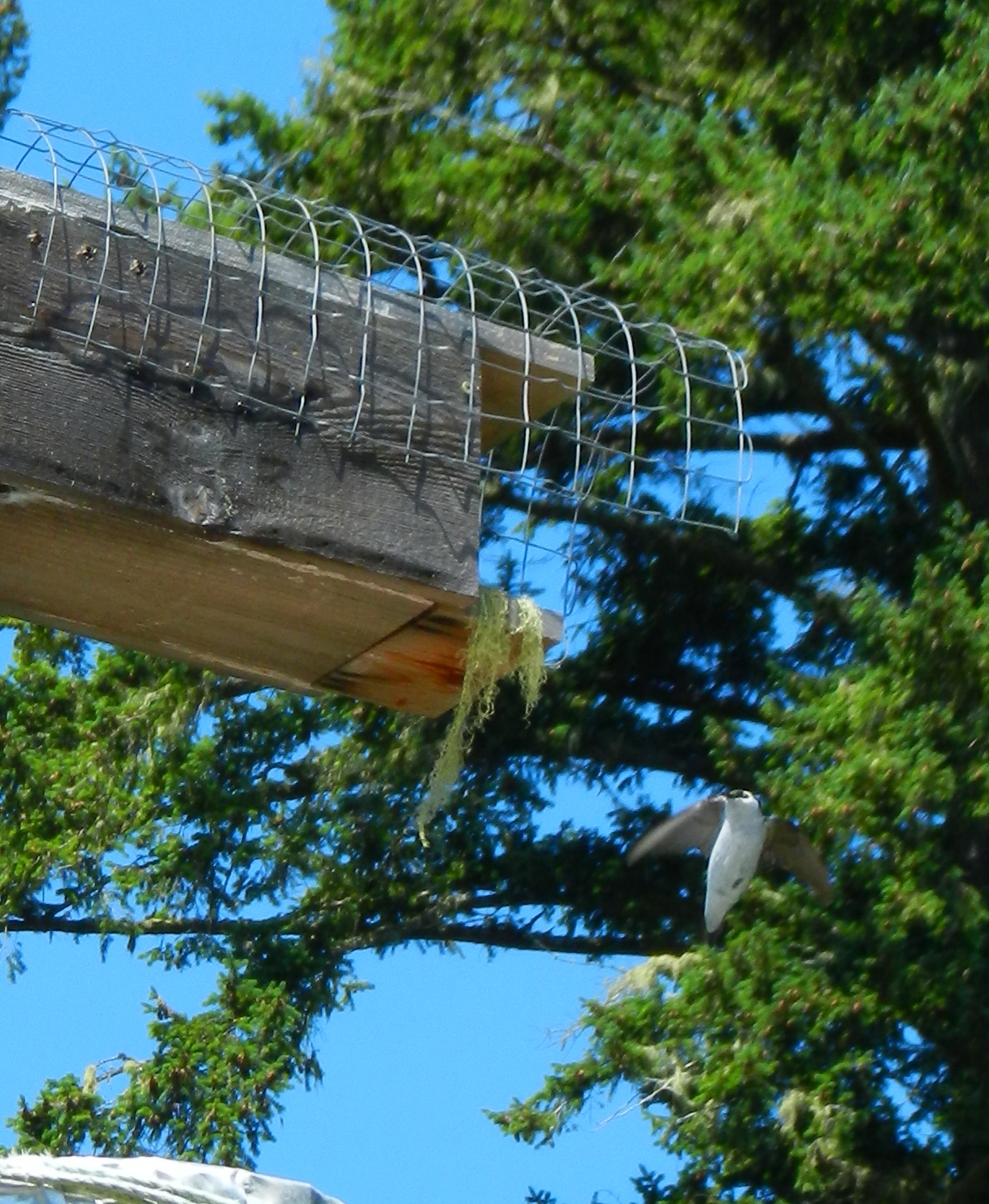
-
Female in flight approaching lower nest box from lower right
-
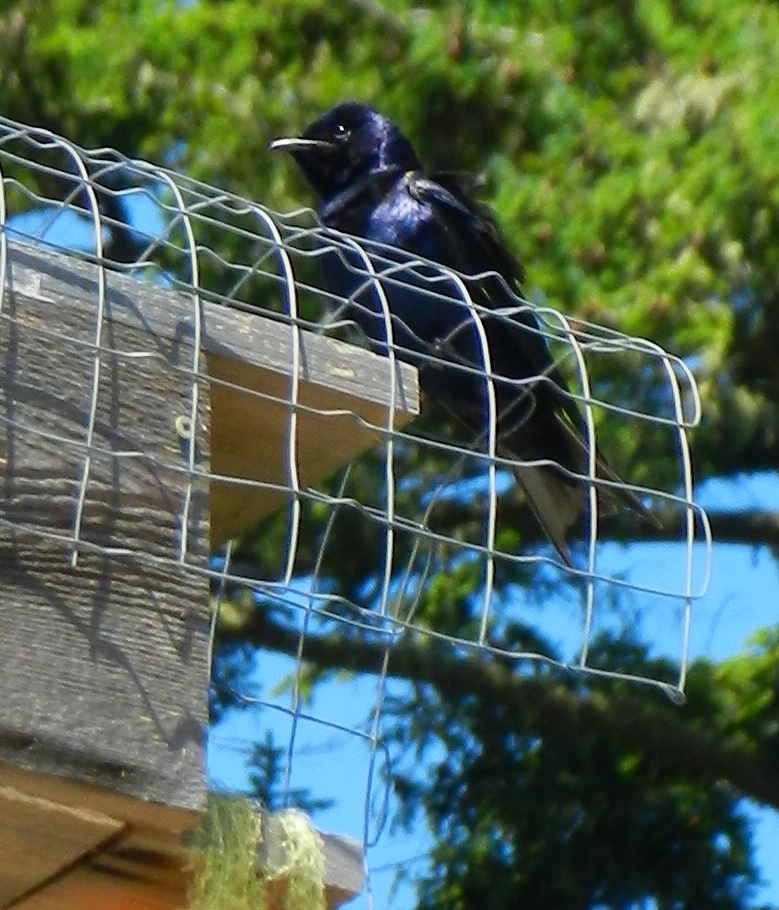
-
Male purple martin on lower nest box
-
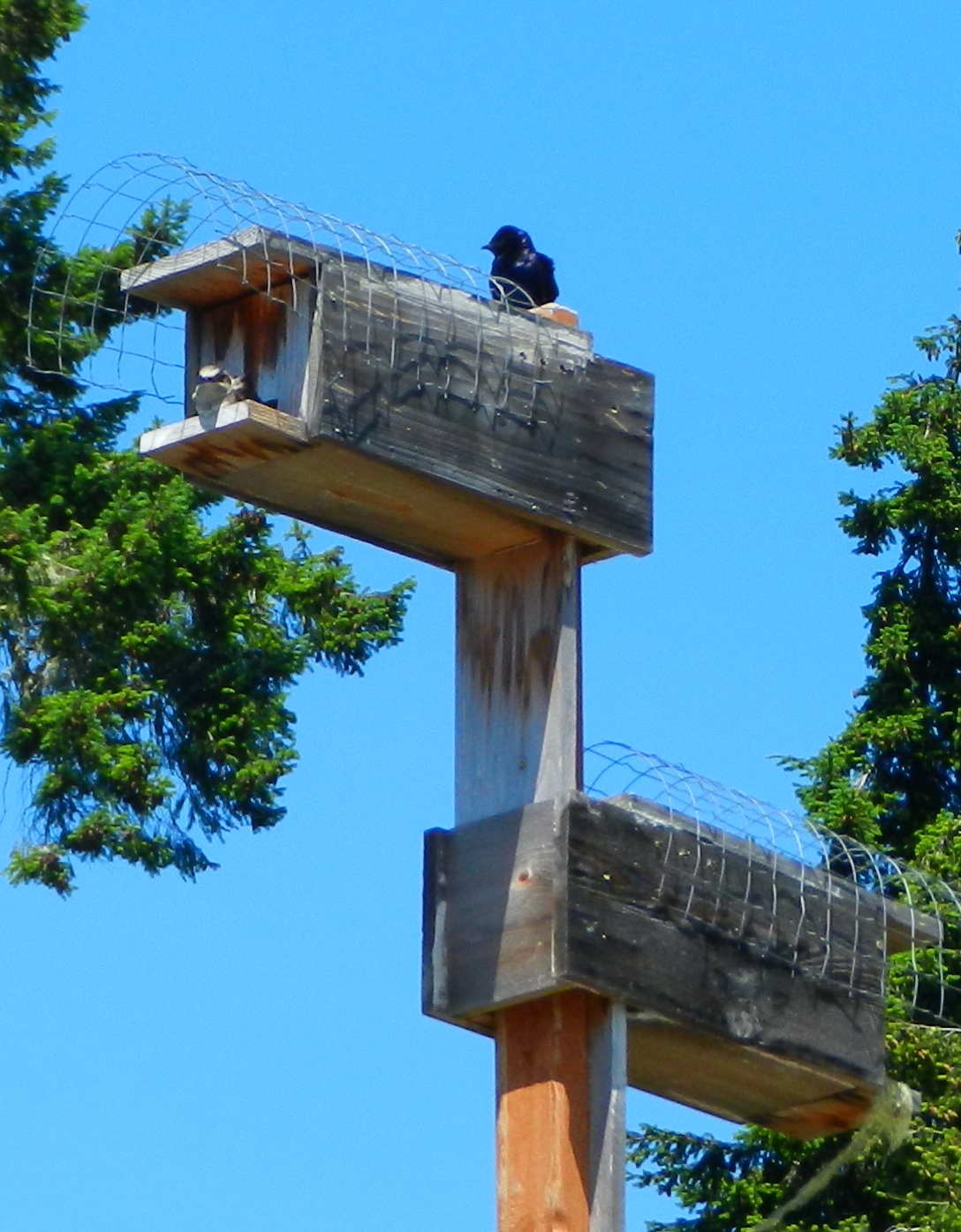
-
Male and Female Purple martin at upper Nest box
-
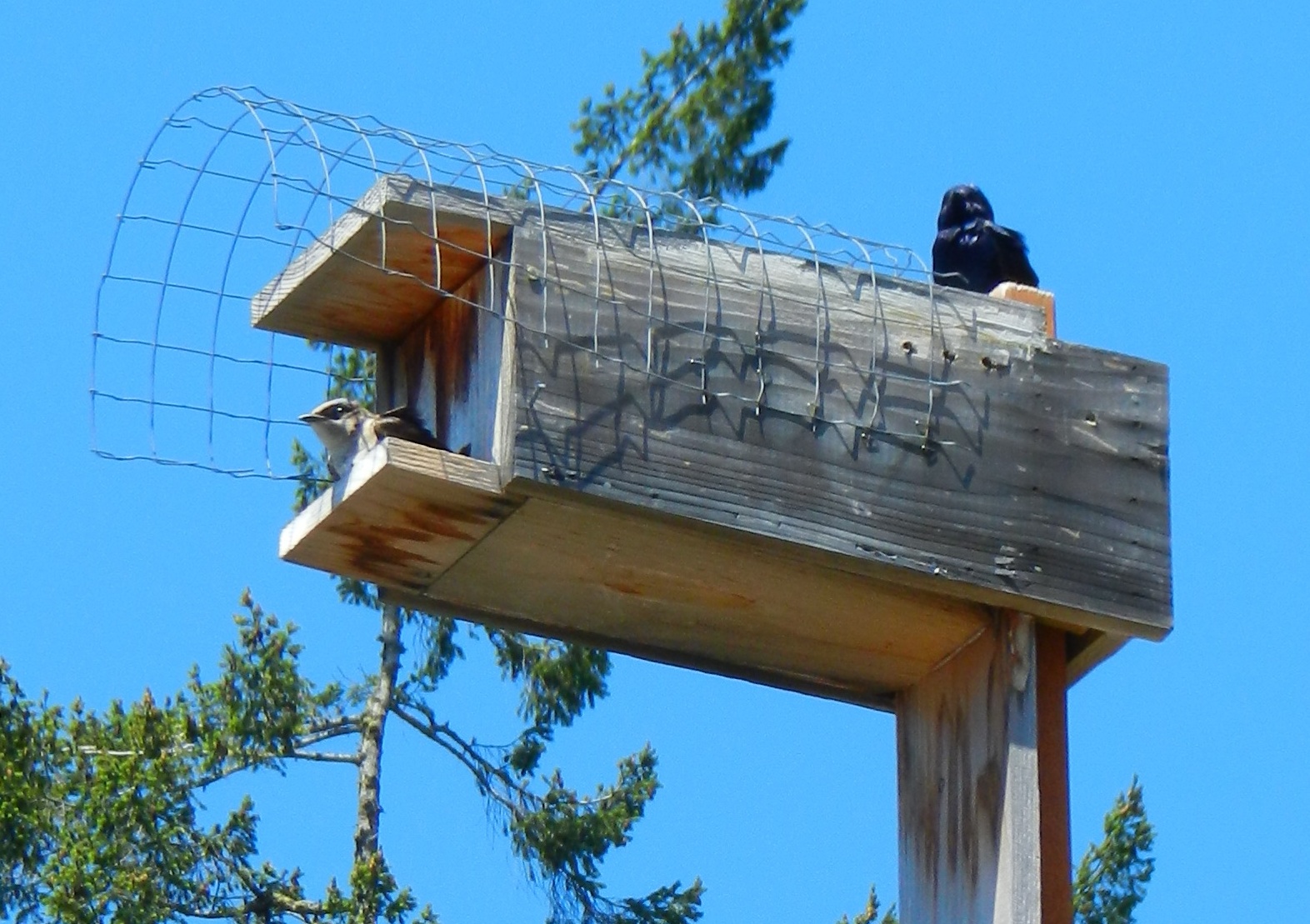
-
Close up of female purple martin. Photos by Garry Fletcher,June 6, 2015
Some websites are: http://www.georgiabasin.ca/puma.htm (the official website of Bruce Cousens mentioned above) and http://rpbo.org/
RESEARCH ARTICLE: Conserv Genet DOI 10.1007/s10592-007-9358-3
High genetic diversity in the blue-listed British Columbia population of the purple martin maintained by multiple sources of immigrants Allan J. Baker, Annette D. Greenslade, Laura M. Darling and J. Cam Finlay
Scientific classification
Kingdom: Animalia
Phylum: Chordata
Class: Aves
Order: Passeriformes
Family: Hirundinidae
Genus: Progne
Species: P. subis
Progne subis
(Linnaeus, 1758)
